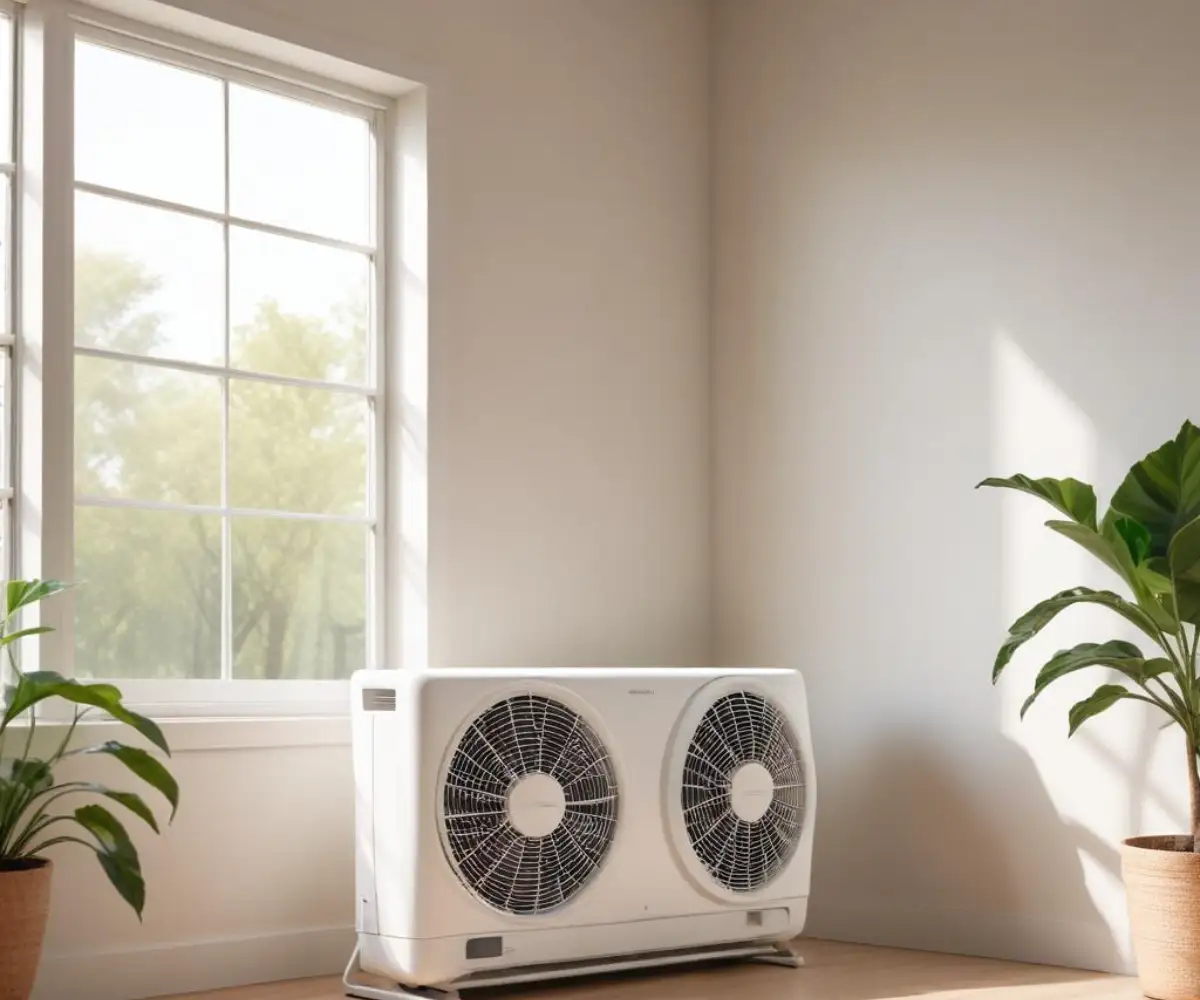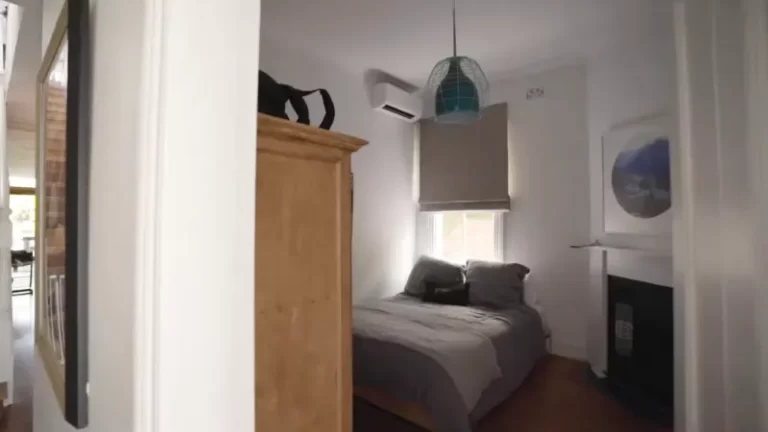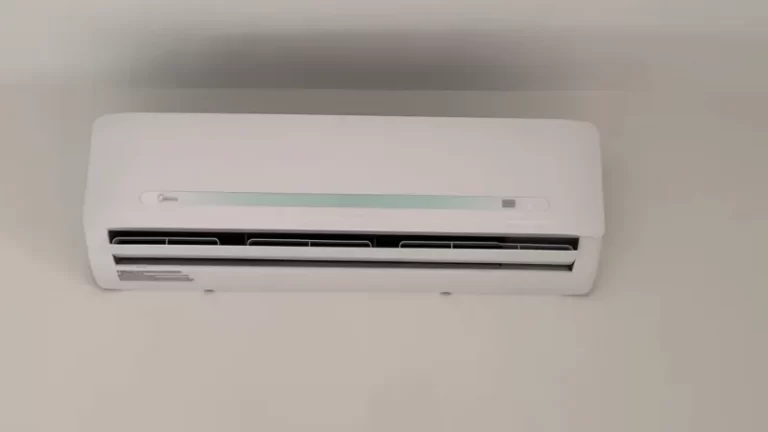Extra Wide Window Fan: The Ultimate Fix for Your Stuffy Room?
Is your room constantly feeling warm and stuffy, no matter what you do? You crack open a large window, hoping for a breeze, but all you get is stagnant, heavy air. This common frustration often stems from a simple problem: a lack of proper air circulation.
Many homes, especially those with expansive casement or slider windows, suffer from poor ventilation. A standard fan just can’t cover the entire opening, leaving you with an inefficient and often wobbly setup that fails to solve the core issue.
You'll Learn About
Why Your Room Suffers from Trapped, Stale Air
The feeling of a stuffy room is more than just an inconvenience; it’s a sign of poor air exchange. Heat from sunlight and electronics gets trapped, and without a consistent breeze, the air becomes stagnant and laden with pollutants. This can affect comfort, sleep quality, and even your health.
Modern homes are built to be energy-efficient, with tight seals that prevent drafts. While this is great for insulation, it also means that stale indoor air has no easy way to escape, and fresh outdoor air has no way to get in. This creates a cycle of stuffiness that can be hard to break.
The Failure of Standard Fans in Large Windows
Trying to fit a small, standard window fan into an extra-wide opening is a recipe for disappointment. You’re left with significant gaps on either side, which severely compromises the fan’s effectiveness. Instead of creating a powerful intake or exhaust flow, the fan often ends up just churning the same air around.
These gaps not only reduce airflow but can also be a security concern, creating an easy entry point. The unstable fit means the fan might rattle or even risk falling. It’s an imperfect solution that barely scratches the surface of the problem.
The Superior Solution: The Extra Wide Window Fan
This is where an extra wide window fan transforms the game. Designed specifically for larger window openings, these fans feature built-in extender panels that slide out to create a perfect, sealed fit. This eliminates the gaps that render standard fans useless.
By covering the entire width of the window, an extra wide fan creates a powerful and consistent pressure differential. This allows it to efficiently pull fresh, cool air in (intake) or push hot, stale air out (exhaust). The result is a dramatic improvement in whole-room air circulation and comfort.

How to Choose the Perfect Extra Wide Window Fan
Selecting the right fan involves more than just picking one off the shelf. To get the best results, you need to consider a few key factors that match the fan’s capabilities to your specific needs and window dimensions.
1. Measure Your Window First
The most critical step is to measure the inside width of your window frame accurately. Extra wide window fans come with a specified minimum and maximum width they can accommodate. Ensure your window’s measurement falls comfortably within this range for a snug, secure fit.
2. Understand Airflow (CFM)
Airflow is measured in Cubic Feet per Minute (CFM), which tells you how much air the fan can move. A higher CFM number means more powerful air circulation. For a large bedroom or living room, look for a fan with a higher CFM rating to ensure it can effectively exchange the air in the entire space.
3. Essential Fan Functions
Look for a model with reversible airflow. This feature gives you three fans in one: an intake fan to pull cool air in, an exhaust fan to push hot air out, and an air exchange function where one fan pulls air in while the other pushes it out. Multiple speed settings are also crucial for customizing the airflow to your comfort level.
4. Consider the Noise Level
Fan noise is a significant factor, especially for bedrooms. Noise is often measured in sones or decibels (dB). A lower rating means a quieter fan. Look for models advertised as “quiet” or “whisper-quiet” if you are a light sleeper.
| Feature | Standard Fan | Basic Extra Wide Fan | Advanced Extra Wide Fan |
|---|---|---|---|
| Window Fit | Up to 24 inches | 24 to 37 inches | 25 to 40+ inches |
| Extender Panels | None | Built-in basic extenders | Integrated, locking extenders |
| Airflow Control | 2-speed, one-way | 3-speed, reversible | 3-speed, independent reversible fans |
| Thermostat | No | No | Yes, digital thermostat |
| Remote Control | No | No | Yes |
Installing Your Extra Wide Window Fan in 5 Easy Steps
Installation is typically a straightforward process that requires no special tools. A secure fit is vital for both performance and safety.
- Open Your Window: Open the sash of your horizontal or double-hung window enough to provide clearance for the fan.
- Position the Fan: Place the fan into the window opening, centered on the sill. The front of the fan should be facing into the room.
- Extend the Side Panels: Slide out the built-in extender panels on each side of the fan until they touch the window frame. Many models have locking mechanisms to secure the panels in place.
- Secure the Window: Carefully lower the window sash down onto the top of the fan. This will hold the unit securely in the frame.
- Check for Gaps: Ensure there are no significant gaps. A snug fit prevents air from leaking around the fan, maximizing its efficiency. Your window frames should be in good shape for the best seal; a well-maintained frame is key. If you’re dealing with older windows, you might want to learn how to remove paint from aluminum window frames to ensure they close properly.
Pro Tips for Maximum Cooling Performance
Once installed, a few strategic tricks can help you get the most out of your fan. It’s not just about turning it on; it’s about using it intelligently to work with your home’s natural airflow.
Create a Cooling Cross-Breeze
The most effective way to cool your home is with a cross-breeze. Set your window fan to intake mode on the cooler, shaded side of your house. Then, open a window on the opposite, warmer side. This creates a powerful channel of air that flushes out the hot air and replaces it with cool, fresh air.
For multi-story homes, you can create a powerful “stack effect.” Place a fan on a lower floor on intake and another fan on an upper floor on exhaust. Since hot air naturally rises, this setup creates a cooling chimney, pulling cool air through the entire house and expelling hot air from the top.
Timing is Everything
Use your fan strategically throughout the day. In the early morning and late evening when the outdoor temperature is coolest, set the fan to intake to fill your home with cool air. During the hottest parts of the day, switch the fan to exhaust to push out the heat that has built up inside.
Keep It Clean
Fan blades and grilles accumulate dust and grime, which can reduce airflow and circulate allergens. Unplug the fan and wipe it down with a damp cloth every few weeks. Regular cleaning ensures optimal performance and better indoor air quality.
More Than Just a Cooling Device
The utility of an extra wide window fan extends far beyond simply cooling a room. Its powerful air-moving capabilities can be harnessed for several other household tasks, making it a versatile appliance year-round.
Set to exhaust, it can quickly vent cooking fumes, smoke, or other strong odors out of your kitchen or living area. In fact, its ability to direct airflow is highly effective to stop smoke from going upstairs. It’s also excellent for reducing humidity in bathrooms or laundry rooms, helping to prevent moisture buildup.
Common Questions About Extra Wide Window Fans
Even with all their benefits, you might still have some questions about how these fans work and if they’re right for you.
Are they safe to leave in the window?
Yes, they are designed to be securely installed. The pressure from the closed window sash holds them firmly in place. The extender panels also act as a deterrent, making it difficult for an intruder to gain access. For added peace of mind, never leave the window unsecured when you are not home.
How much electricity do they use?
Window fans are incredibly energy-efficient. They consume significantly less electricity than a window air conditioner, making them a very cost-effective way to cool your home. Using a fan instead of an AC unit can lead to noticeable savings on your energy bill. Of course, the specific needs for cooling can vary depending on window type; for example, an awning window AC presents its own unique installation challenges.
Can they be used in casement or vertical-sliding windows?
Most extra wide window fans are designed for traditional double-hung or horizontal-sliding windows. However, some manufacturers offer models specifically designed for vertical installation in casement or slider windows. Always check the product specifications to ensure compatibility with your window type. No matter the type, attractive windows enhance your home, and an option like vinyl windows with wood trim can offer a classic look with modern efficiency.
When You Might Need More Than a Fan
An extra wide window fan is a powerful tool, but it does have its limits. These fans move air; they don’t cool it. In regions with extremely high humidity or prolonged heatwaves where temperatures stay high even at night, a fan alone may not be enough to provide relief.
In these situations, a window fan can still be a valuable partner to an air conditioning system by circulating the cooled air more evenly throughout the room. Additionally, ensuring your home is well-insulated is a critical first step in temperature control. Proper insulation, such as considering how to insulate glass block windows, can help keep the cool air inside.
The Clear Choice for a Cooler Home
For anyone struggling with a stuffy room and an extra-wide window, the solution is clear. An extra wide window fan provides a perfect fit, powerful airflow, and unmatched versatility that standard fans simply cannot match.
By investing in the right fan and using it strategically, you can transform your uncomfortable space into a cool, breezy oasis. Say goodbye to stagnant air and hello to a fresher, more comfortable home.


